Tired of starting from scratch every growing season? Perennial vegetables might just be your garden’s hidden treasure. These crops ask for your attention only once, then keep on giving, year after year. No more replanting, no reseeding. Just long-lasting produce that becomes a living part of your landscape.
For beginner gardeners, the focus often starts with fast-growing favorites like tomatoes, peppers, or beans. But as your confidence blossoms, so should your garden.
That’s where perennial vegetables step in. They enrich your soil, support pollinators, and offer a low-maintenance path to food security.
To help you begin, I’ve gathered 17 perennial vegetables that thrive when planted in spring. Grow them once, and they’ll reward you season after season with fresh, flavorful harvests. Let’s take a look.
#1. Groundnut
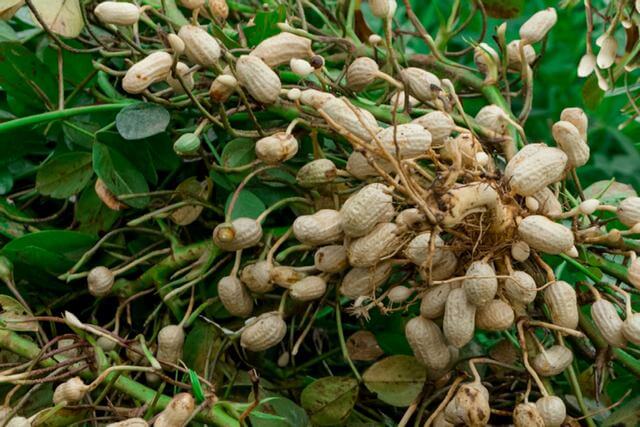
Image source: The Spruce
This humble climber hides its treasures underground. Groundnuts grow small, bead-like tubers that taste like a nutty potato, earthy, rich, and slightly sweet.
They love moist, shaded spots and fix their own nitrogen, so they nourish the soil while feeding you. Plant a patch, and by fall, you’ll have strings of edible pearls waiting for you.
#2. Lovage
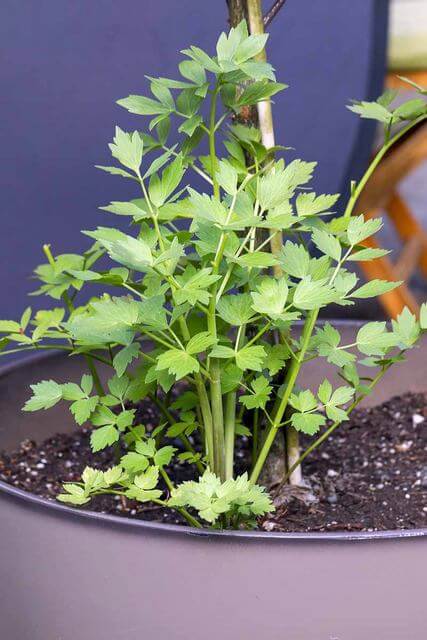
Image source: Gardenerspath
Lovage looks like celery but grows with far less fuss. Its bold, aromatic flavor is perfect in soups or stews, and even the seeds and roots are useful.
This tall, elegant herb thrives in rich soil and full sun. Once settled, it’ll pop up each spring, ready to lend its strong presence to your kitchen.
#3. Daylilies
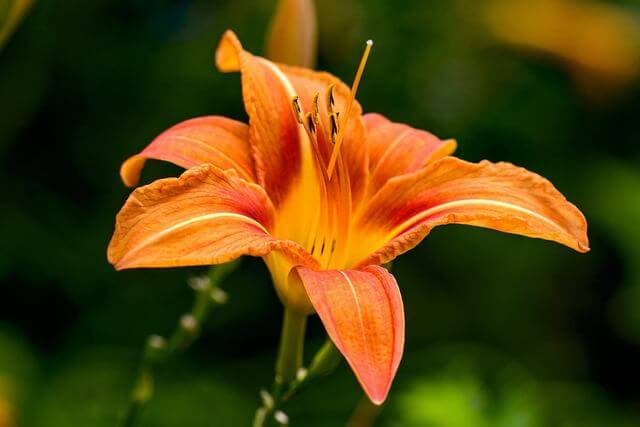
Image source: Almanac
More than just a pretty bloom, daylilies are an edible treasure. Their shoots, tubers, and vibrant petals are all usable, offering a mild, sweet crunch in salads or stir-fries.
Once planted, they naturalize quickly and brighten the garden with bold color and culinary potential.
#4. Rhubarb
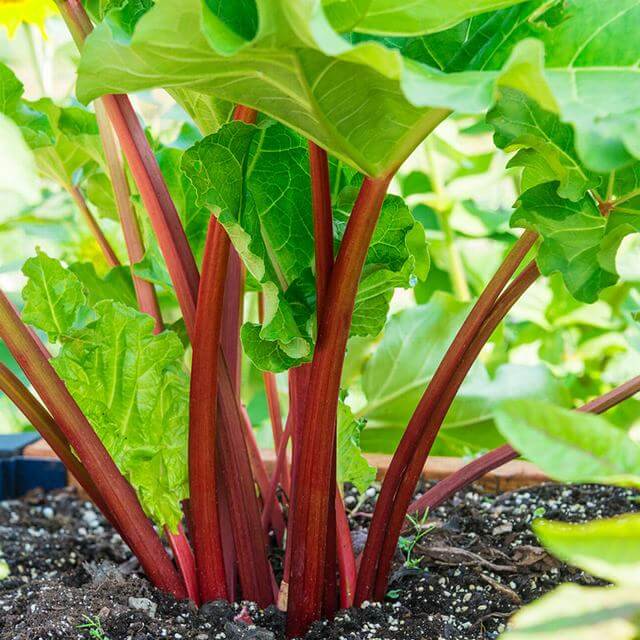
Image source: Gurneys
Tart, tangy, and utterly dependable rhubarb is a classic. Its thick, red stalks are perfect for pies, jams, and sauces.
You can grow it from crowns or pots and expect a reliable spring harvest for decades. Just remember: the leaves are toxic, but the stalks are the star.
#5. Hablitzia
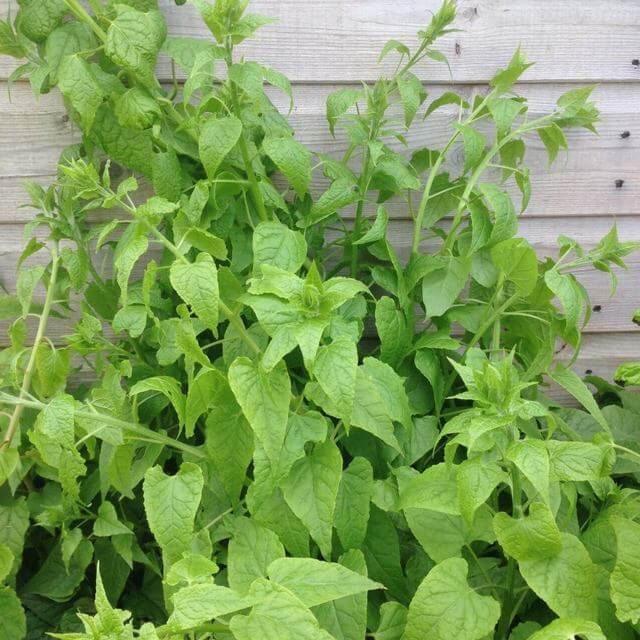
Image source: Quercusedibles
This rare, shade-loving perennial vine climbs with grace and fills out with tender, spinach-like leaves.
It thrives in cooler climates and offers a steady spring-to-summer harvest. Its delicate flavor makes it ideal for fresh eating or quick sautés.
#6. Musk Mallow
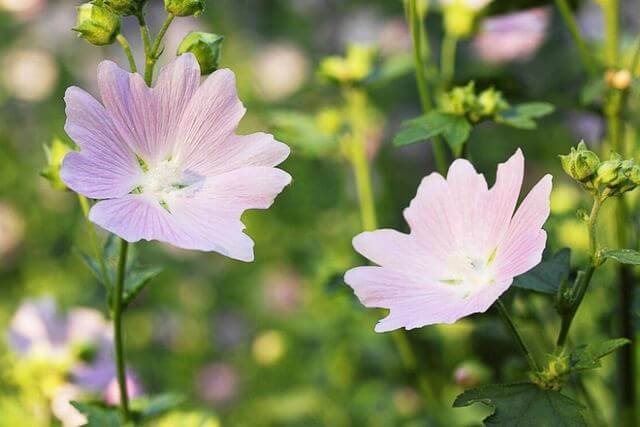
Image source: Gardenia
Soft and delicate, musk mallow is a beautiful lettuce alternative in warm months.
Its mild-flavored leaves are tender enough for salads, and its flowers attract pollinators while adding edible charm to your garden. It thrives with minimal attention.
#7. Sea Kale
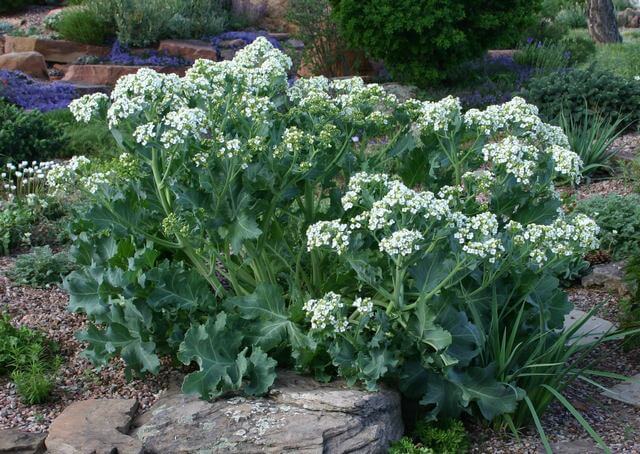
Image source: Plantselect
A salty breeze meets the garden sea kale, a coastal beauty with an edible purpose. Its ruffled leaves resemble regular kale but with a more delicate texture.
Shoots are eaten like asparagus, and once established, this perennial thrives in sandy or rocky soil.
#8. Sea Beet
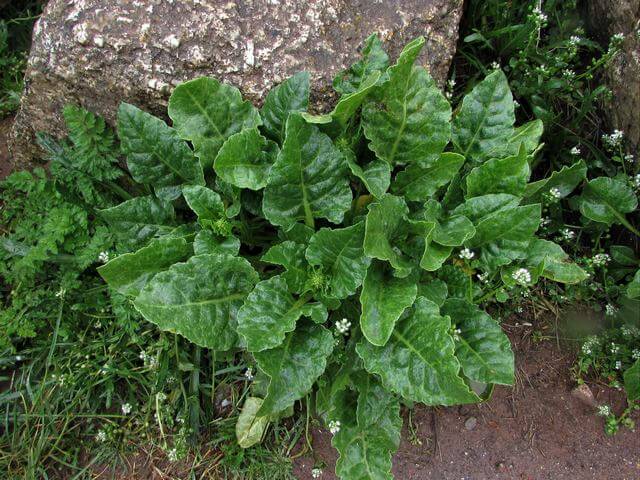
Image source: Wildfooduk
The ancestor of modern beetroot, sea beet is rugged, hardy, and endlessly useful.
Its glossy, dark green leaves work well cooked or raw, and the flowering stalks can be steamed like sprouting broccoli. Ideal for wild garden corners or coastal plots.
#9. Horseradish
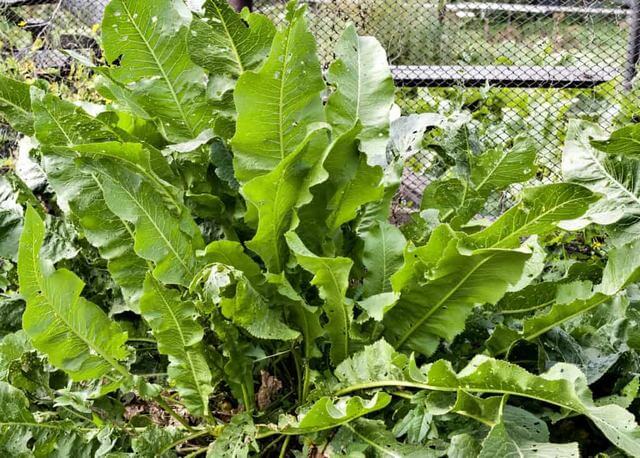
Image source: Harvesttotable
Bold and spicy, horseradish brings a punch to your plate and resilience to your garden. Its deep roots provide sharp flavor, while the flowering tops attract bees.
It’s a strong companion plant and nearly impossible to get rid of, plant wisely and give it space.
#10. Asparagus
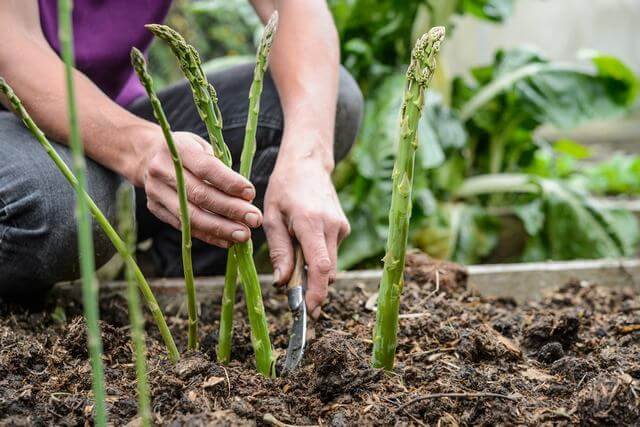
Image source: Gardenersworld
A garden favorite with regal stature, asparagus takes a little patience to establish but offers decades of reward.
Harvest tender spears in spring and let the ferns grow tall in summer to feed the roots. It thrives in sunny, well-drained beds.
#11. Skirret
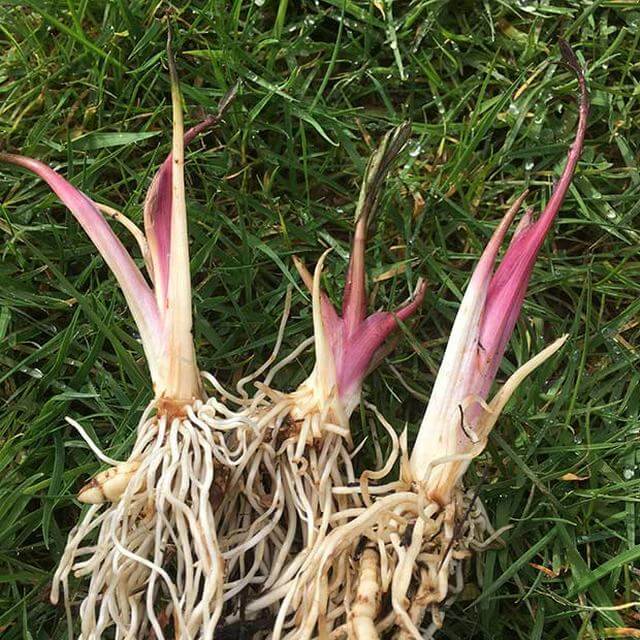
Image source: Incrediblevegetables
Charming and old-fashioned, skirret is a sweet, parsnip-like root that’s nearly forgotten.
Its slender white roots are best harvested in fall, and the plant prefers rich, moist soil. It may not be fast, but it asks little and gives plenty once settled.
#12. Hostas
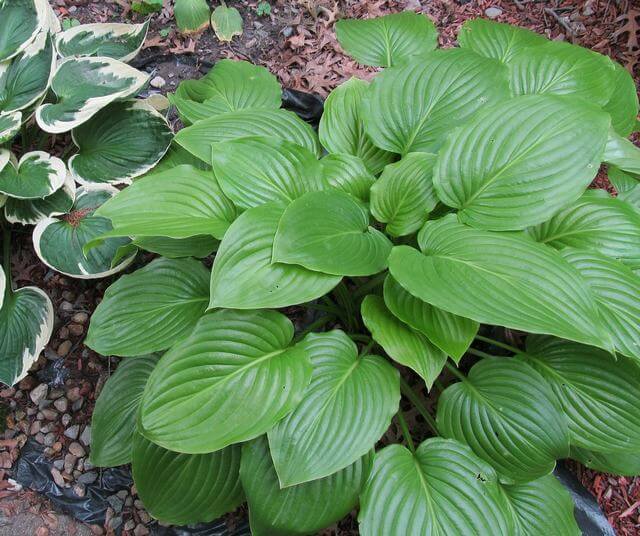
Image source: Extension
Hostas may surprise you; they’re not just pretty foliage. In early spring, their curled shoots, or “hostons,” are tender and edible, similar to asparagus.
Later, their leafy greens work well in stir-fries. Grow them in shady nooks for beauty and bites.
#13. Artichokes
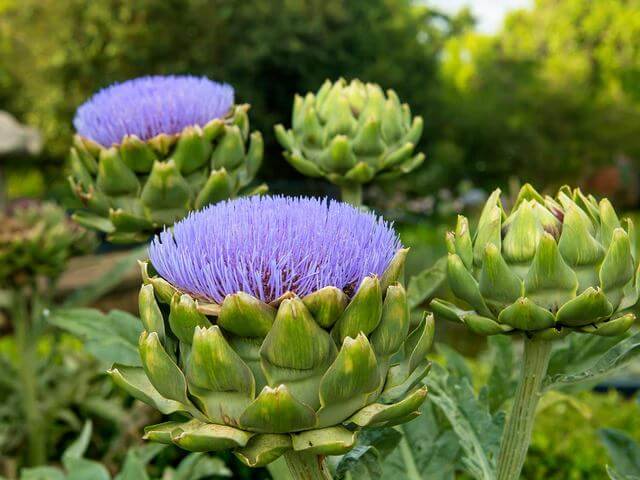
Image source: Lovethegarden
Bold and sculptural, artichokes bring drama to any bed. Their spiny buds are gourmet delights, and the plant itself thrives in dry, sunny spots.
Once established, it returns each spring, larger and more productive with each passing year.
#14. Stinging Nettles

Image source: Rebootedmom
Yes, they sting, but only when raw. Once cooked, nettles turn into earthy, iron-rich greens perfect for soups or pestos.
They grow like weeds and often arrive uninvited, but if managed, they become one of the easiest and most nutritious perennials you can grow.
#15. Turkish Rocket
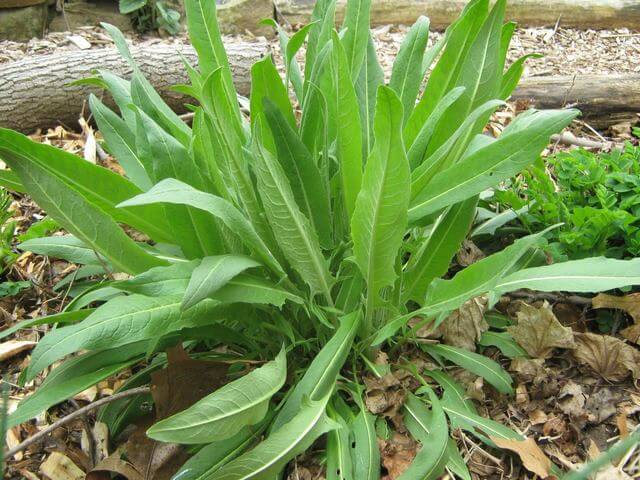
Image source: Foodforestfarm
A mustard-family marvel, Turkish Rocket thrives in tough soil and dry climates.
Its young leaves offer a sharp, peppery flavor, while the flower buds resemble broccoli raab. It’s bold, resilient, and fits well in permaculture beds.
#16. Alliums
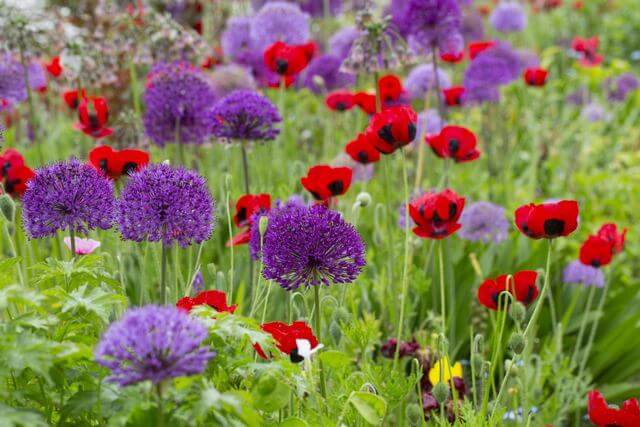
Image source: Standard
Chives, walking onions, wild garlic, and leeks all return without fuss. These hardy bulbs bring beauty, pollinators, and pest control, along with a steady supply of onion flavor.
Tuck them into borders, beneath fruit trees, or between vegetables.
#17. Chicory/Radicchio
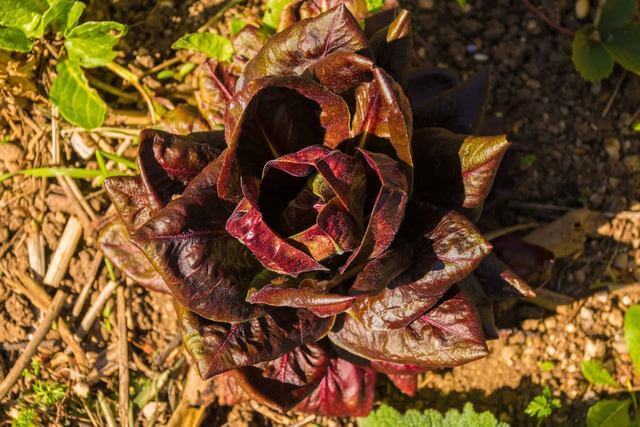
Image source: Harvesttotable
Their bold, bitter leaves add personality to salads. These perennials love cooler weather and grow back stronger each year.
Deep-rooted and resilient, they’re perfect for interplanting in wild-style edible gardens where texture and taste matter.
